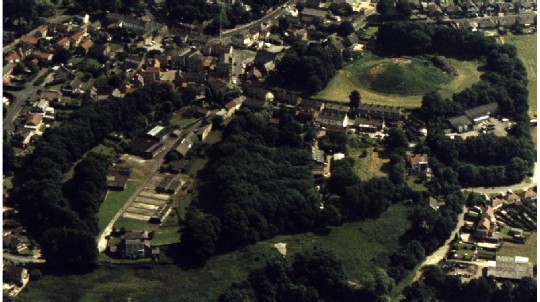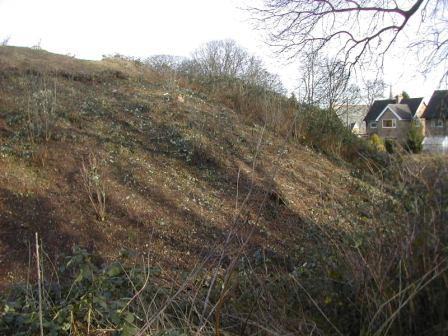Barwick-in-Elmet's Iron Age Earthworks
A scheduled Ancient Monument
with a norman motte and bailey constructed inside its perimeter
A scheduled Ancient Monument
with a norman motte and bailey constructed inside its perimeter

This photograph is one of over 150 acquired by the society from Skyviews Aerial archives .© Skyviews.

